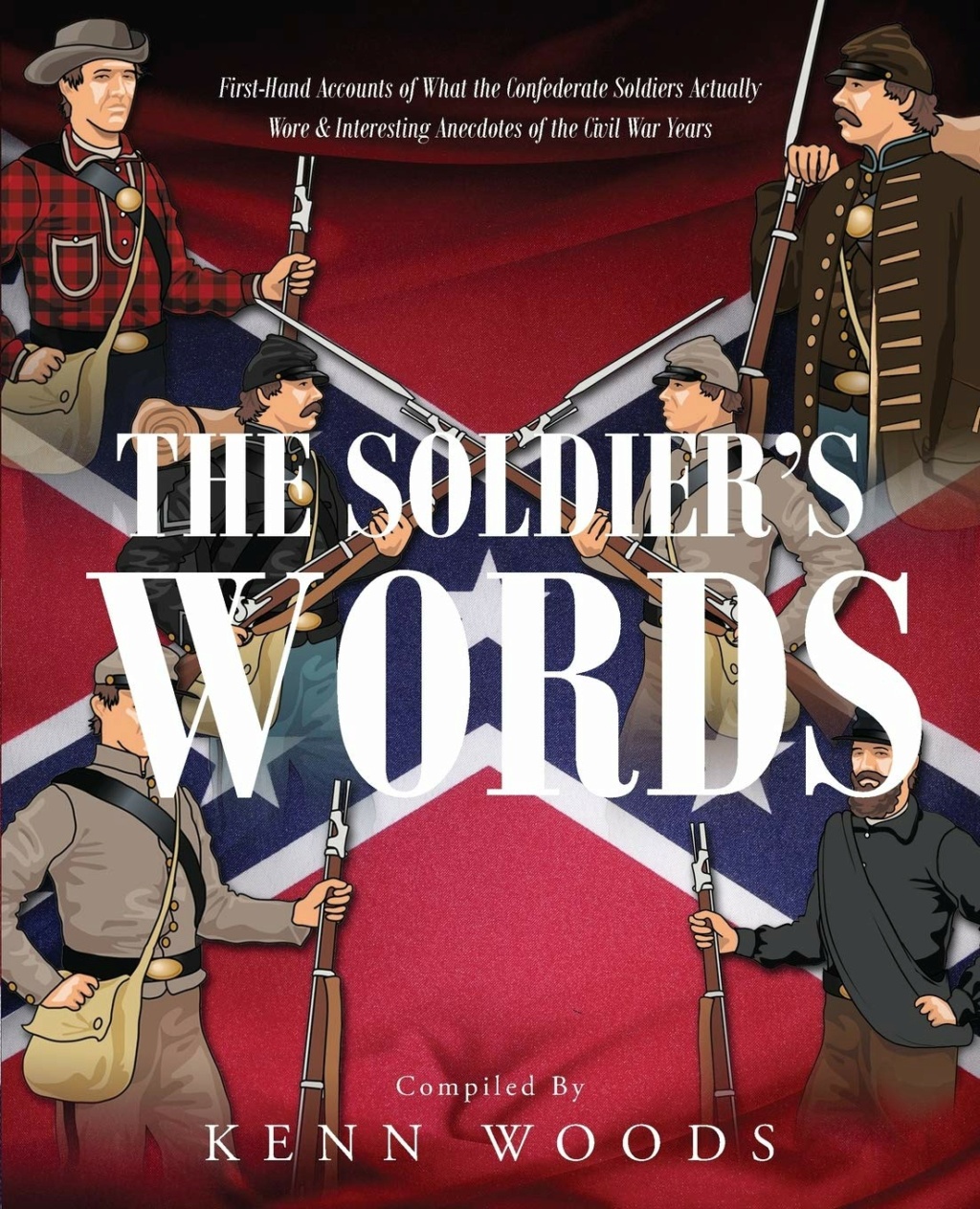Folks,
I am looking for comments made by CS soldiers serving in the ANV on the quality and/or quantity of the clothing they received. I am not interested in 'post war' memoirs but references in letters, diaries, period newspaper articles, etc,,. contemporaneous with the war. Both good (positive) and bad (negative) comments are appropriate for use in some research I am doing for a future project. On any I also need information to create publication reference footnotes (name of who made it with unit information, if possible; where you found it (i.e., publication information for source where the quote appeared (diary entry, or letter to wife or ...); approximate date of the communication (at least, what part of the war); and anything else that helps me locate where you found the information . Yes, footnoting ones sources for an article needs all that kind of stuff and is a PITA.
I know this is a rather open ended request. My intent is to get a sense what the enlisted men thought about the "duds" the Government was issuing to them. I suspect most will be "gripes" (that's what privates usually do) and what they thought changes between when they enlisted and after they became "seasoned." Anyway I suspect that much of the material will be in obscure sources so any good leads you can provide will be helpful. Since I am concentrating on the eastern theater and specifically the ANV, great quotes from the AOT or Trans Mississippi or other theaters are, I am sure, neat but not what I am looking for.
Any help will be greatly appreciated. Thanks
Dick Milstead
The Company of Military Historians
Liberty Rifles
I am looking for comments made by CS soldiers serving in the ANV on the quality and/or quantity of the clothing they received. I am not interested in 'post war' memoirs but references in letters, diaries, period newspaper articles, etc,,. contemporaneous with the war. Both good (positive) and bad (negative) comments are appropriate for use in some research I am doing for a future project. On any I also need information to create publication reference footnotes (name of who made it with unit information, if possible; where you found it (i.e., publication information for source where the quote appeared (diary entry, or letter to wife or ...); approximate date of the communication (at least, what part of the war); and anything else that helps me locate where you found the information . Yes, footnoting ones sources for an article needs all that kind of stuff and is a PITA.
I know this is a rather open ended request. My intent is to get a sense what the enlisted men thought about the "duds" the Government was issuing to them. I suspect most will be "gripes" (that's what privates usually do) and what they thought changes between when they enlisted and after they became "seasoned." Anyway I suspect that much of the material will be in obscure sources so any good leads you can provide will be helpful. Since I am concentrating on the eastern theater and specifically the ANV, great quotes from the AOT or Trans Mississippi or other theaters are, I am sure, neat but not what I am looking for.
Any help will be greatly appreciated. Thanks
Dick Milstead
The Company of Military Historians
Liberty Rifles




Comment